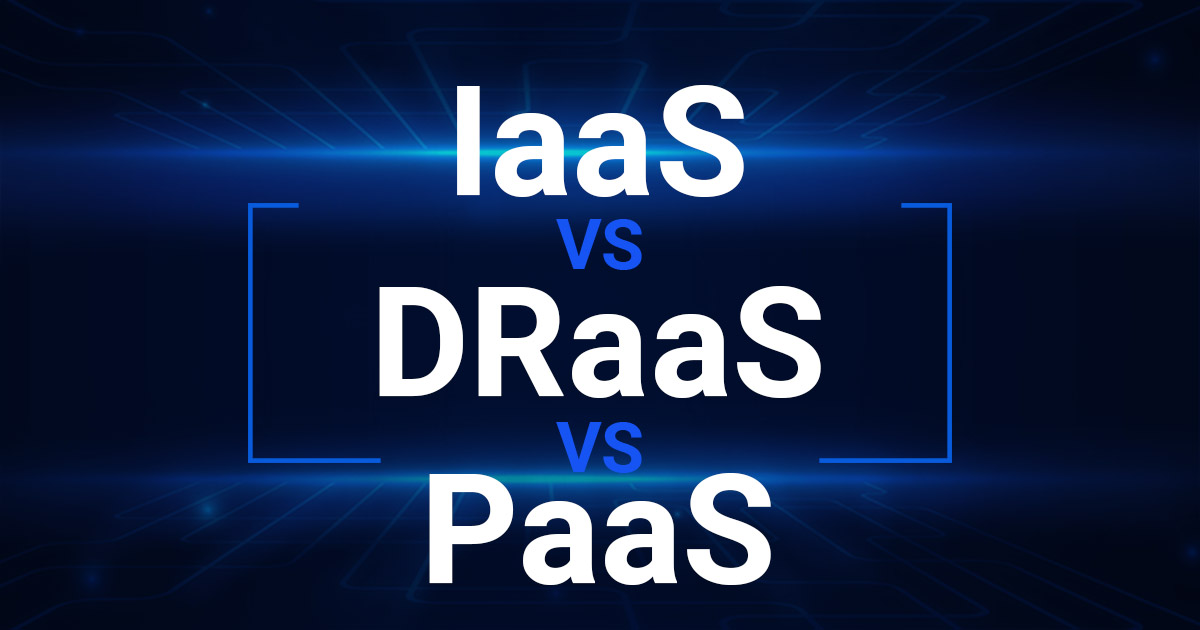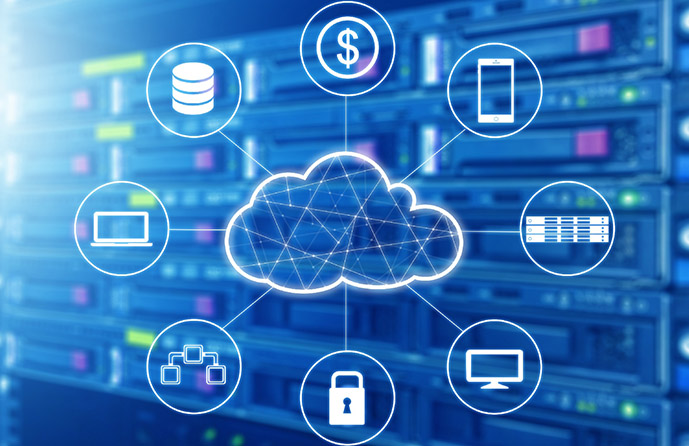CapEx vs OpEx in an Information Technology (IT) environment
Last Updated: February 9th, 2023 6 min read Servers Australia

CapEx (Capital Expenditure) and OpEx (Operational Expenditure) are two important financial concepts that are often used in information technology (IT) to manage and track spending.
CapEx in Information Technology
CapEx refers to the funds that are spent on acquiring or upgrading physical assets such as servers, networking equipment, and storage devices. These are typically long-term investments that are expected to provide value over an extended period of time. Examples of CapEx in IT may include purchasing new hardware for a data center, upgrading network infrastructure, or building a new server room.
OpEx in Information Technology
OpEx, on the other hand, refers to the funds that are spent on day-to-day operations, maintenance, and support of the IT infrastructure. These expenses are typically recurring and are necessary to keep the IT environment up and running. Examples of OpEx in IT may include salaries for IT staff, software licenses, electricity and cooling costs for Data Centers, and ongoing maintenance and support contracts.
In general, CapEx is a more significant investment upfront, while OpEx is a recurring expense that may be more predictable and manageable over time. In terms of financial management, CapEx can impact the balance sheet by increasing the value of assets, while OpEx is typically recorded as an expense on the income statement.
Plan for the future
organisations must carefully balance their CapEx and OpEx spending to ensure that they are investing in the right areas and achieving a good return on investment. This requires careful planning, budgeting, and tracking of spending to ensure that resources are being used effectively and efficiently.
Reducing both CapEx and OpEx is often on the foremost goals of organisations regarding their IT department. In case you are not familiar with these terms, CapEx stands for capital expense and refers to the money you have to spend upfront to acquire new hardware and software licenses. OpEx, meanwhile, stands for operating expense and refers to the money you have to spend to use, manage, and maintain your software and hardware.
Lowering both of these expenses can remove a major strain on your IT budget and free up funds that you can allocate to other areas of your business. In this article, we’ll look at what causes OpEx to be so high and how you can go about lowering both your capital and operating expenses.
Why is OpEx so High?
After the upfront capital expenses of buying and installing new hardware and software have been weathered, many organisations are startled to learn that maintaining and managing their technology can be even more expensive than purchasing it. However, there are several key reasons as to why OpEx is often so high, including:
Labor – Using, managing, and maintaining your technology requires a lot of labor, and this labor most often the biggest part of an organisation’s OpEx.
Upgrades and Patches – Most software solutions require frequent upgrades and patches to continue running as intended, and the cost of these upgrades and patches is climbing.
Utilities and Environmental Costs – Managing an IT infrastructure requires a number of hidden expenses such as power expenses, cooling expenses and expenses related to the floor space where your hardware is stored. All of these can add to an organisation’s OpEx in a big way.
Depreciation – The value of the hardware that you purchase inevitably depreciates over time, and this depreciation adds directly to your OpEx.
Redundancy – Redundancies in an IT infrastructure are unavoidable if you want to ensure that your data is backed up and you are protected against costly downtime, however, they also mean that you have to essentially double your operating expenses.
Downtime – Speaking of downtime, the money that your organisation loses due to downtime caused by an IT failure adds to your OpEx. Depending on the nature of your business and the length of the downtime that you experience, downtime can sometimes be incredibly costly.
Combined with a host of more minor expenses related to using and maintaining your technology, these six factors add up to make OpEx four times higher on average than CapEx, according to the International Data Corporation.
Thankfully, there are ways that you can lower both OpEx and CapEx in your organisation.
How to Lower Your CapEx and OpEx
Virtualisation software such as VMware is a great way to save money as it reduces any extra IT layers and any additional hardware needed. Private cloud and products such as VMware Private Cloud have many great benefits when it comes to CapEx vs OpEx savings.
Of course, storing and managing your data on-site also ups your CapEx as well since you will be required to invest in the equipment and software necessary to build a functional IT infrastructure.
If you take a look at the expenses associated with OpEx, you’ll notice that almost all of the expenses come up when data is stored and managed on on-premise servers.
The labor to maintain your hardware and software, the utilities and environmental costs of storing and running your hardware, the redundancies you have to put in place to prevent downtime, the cost of downtime when those redundancies fail, and more are all the result of storing and managing your data on-site.
In the end, many the expenses driving up your OpEx will drive up your CapEx as well, as building in redundancies, combating downtime, making repairs, and more will all require you to invest in new hardware and software.
With all of that said, the best way to lower both your CapEx and your OpEx is to change the way you approach data storage and management. Models such as infrastructure as a service (IaaS) enable you to store and manage your data on the cloud, negating the need for large upfront investments and maintenance expenses alike.
Since IaaS providers heavily focus on keeping their systems running at all times, even expenses due to downtime are dramatically reduced when you store and manage your data on the cloud. virtualisation technologies such as VMware will can provide a major benefit
You may be wondering how IaaS providers are able to offer these services at a much lower price point than what it costs an organisation to store and manage their own data when IaaS providers must inevitably incur all of the same operating and capital expenses.
The answer is that IaaS providers leverage the economy of scale to lower their costs. By using the same hardware and software to service numerous organisations, IaaS providers are able to maintain low OpEx and CapEx per organisation serviced in spite of having high overall OpEx and CapEx themselves.
Finding ways to lower your CapEx and OpEx when storing and managing your data on-site can be a real struggle. However, if you rethink the way you approach your data storage and management, lowering these expenses becomes a much more achievable goal.



